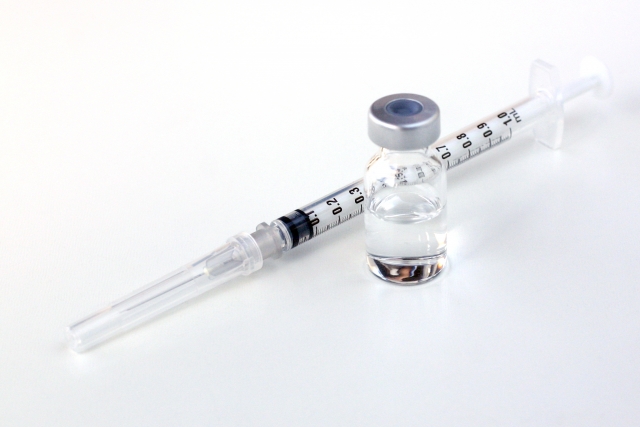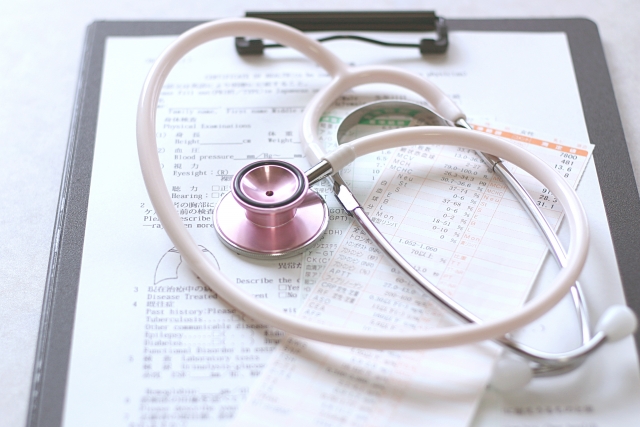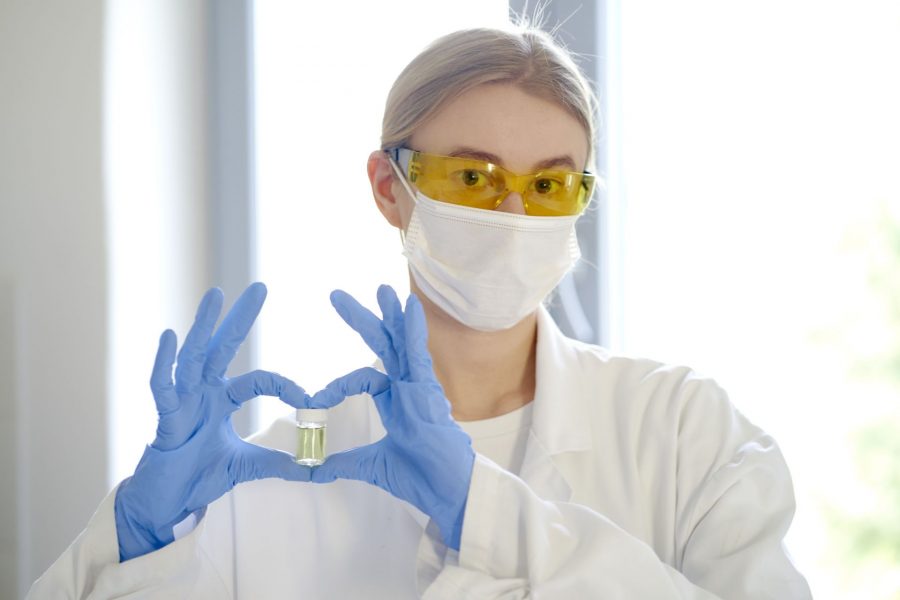A lot of people who are interested in venturing into photography often get confused when it comes to the aspect of photography to master. However, if you want to start a career in photography, this is the most important decision you’ll have to make. Photography is a dynamic and varied field, especially when viewed with respect to the diverse subjects to capture and the different methods of creating images.
With that said, it is crucial to fully understand the different niches in photography before you decide to choose a photography career. Fortunately, photography is a broad field, and there’s always something for everyone to practice in photography. There are also different types of jobs for the different photography fields.
Some of the photography genres include lifestyle photography, travel photographer, architectural photography, fashion photography, fine art photography, portrait photography, event photography, wedding photography, and more.
There’s an endless list of photography genres out there, but our focus for this article is centered on medical photography. We have provided all you need to know about this photography genre, and if you want to start a career in medical photography, you can be sure that this out guide will help you with all the information you need to get started.

Table of Contents
Understanding Medical Photography
Are you wondering what medical photography is? As the name suggests, this is an amazing healthcare career to consider, especially for people who have an interest in medicine. Another amazing thing is that you don’t need to be a medical practitioner before you and explore this field. You can try medical photography if you’re interested in medicine and if you love photography.
Medical photographers are responsible for utilizing photography equipment and techniques in producing images of high quality. These images are used mainly for scientific and healthcare purposes. In most cases, they are taken on-site, and these images can serve as a perfect reflection of clinical and surgical procedures. The images can also help healthcare practitioners in carrying out different medical processes, like diagnosing and treating an injury, disease, or illness.
Venturing into a medical photography career involves creating technically sound images on a daily basis. These images are also designed to be used for medical education, legal documentation, publications, insurance purposes, and patient documentation. It is worth mentioning that medical photographers also work with other healthcare professionals and medical staff. The aim is to create appropriate visual records over time.
Training and Education Required for Medical Photography
Even though we mentioned earlier that anyone could be a medical photographer, you’ll also need the right form of training before you start medical photography. However, it is generally recommended that before you decide to learn medical photography, you should have sufficient photography experience. With that, you can then seek a post-secondary education program before getting a bachelor’s degree in photography or any other industry-related field.
During these learner periods, you’ll learn how to use different photography software and equipment. Also, you’ll need to learn chemistry, biology, anatomy, and other medical courses that will help you learn medical terminologies. Once you are done with the learning phase, you can confidently start your career. However, it is important to note that most of the medical photography positions you’ll find on the job space usually require a four-year degree in a photography discipline and a minimum of one year of professional experience.
Becoming a medical photographer is not the end of the journey. As a medical photographer, your goal should be directed towards gaining a leadership or managerial role. This is the most effective way to advance your career in medical photography. However, one thing to note about seeking leadership or managerial role is that you’re likely to end with administrative duties and responsibilities, and this might only reduce the amount of photographic work you do.
With that said, if you only want to explore photography and nothing more, then it would be best for you to advance within a training or continued education setting rather than seeking leadership or managerial role. A good way for you to advance is by diversifying and exploring the different areas of medical photography. It’s also advisable to have a good foundation in other digital platforms so that you can be a better medical photographer.

Skills and Experience
What are the skills and experience a medical photographer should possess? In addition to the experience in photography, a medical photographer should have an interest in health, as well as the different arts in health. The aim of this is to ensure that you can stay committed to the healthcare career while producing images of high quality. Some of the health careers that you might be interested in include medical illustrator and art therapist.
If you’re interested in medical photography, you’ll also need to understand the importance of having different soft skills, especially if you want to be successful. The hard skills you’ll need include technical and scientific knowledge to help you create professional photos of high quality. The photos should also be able to clearly illustrate what a surgeon, dentist, or physician needs to document. On the other hand, soft skills are the qualities that help an individual to interact harmoniously and effectively with other people.
As a medical photographer, you need to know how to communicate with other healthcare professionals. This will help in ensuring that you get the exact type of image that is needed by the medical staff. You also need to be an easy person to work with. With this, you can be sure of securing more work in the nearest future.
Personality in Medical Photography
As a medical photographer, you need to possess different qualities, and your personality is an important characteristic. You need to be ethical because, as a medical professional, you’ll handle different sensitive information. This includes patient nudity and other health history.
In some cases, it includes photographing and observing surgical procedures. Therefore, you’ll need to have the emotional maturity and a strong constitution. You also need to know how to communicate in a supportive and caring manner. With this, you can easily create an environment of trust while you capture all the sensitive images needed.
If you don’t have these traits, achieving a level of trust will be difficult, and with that, you won’t be successful in this field, even if you’re the best photographer. Therefore, as a medical photographer, you must have a proactive mindset if you want to go far in this career path.

Lifestyle of a Medical Photographer
As a medical photographer, you’ll be working in a fast-paced environment, and this can be really stressful. However, the good side of it is that it is an extremely rewarding profession. Depending on where you practice medical photography, you’re likely to spend a lot of hours in the hospital taking pictures of patients, surgical processes, and other routine activities.
In some cases, you’ll also be charged with responsibilities that include outpatient and inpatient cases, pathology, laboratory, physical therapy, morgue, or educational needs. As a medical photographer, you have a high chance of experiencing the role of a photographer in the advancement of medical education and ongoing care.
Employment Opportunities in Medical Photography
For many years now, the career outlook of people in the medical and photography field has been on the increase. It’s projected to have increased by 6%, especially for medical photographers. Also, the employment opportunities for medical photographers are generally strong, but it’s mostly for candidates with the highest qualification. This includes photographers who specialize in ophthalmic photography and more. With that said, it may be a little bit challenging to gain employment in this field compared to other careers.
It will interest you to note that there is at least one opening on a weekly basis for medical photographers in the US. Therefore, if you’re a medical photographer in the US, it is advisable to take any position as soon as there’s an opening.
Earnings
In addition to the employment opportunities, the earnings of medical photographers are another thing that will interest you. This is because it is a stable and good-paying healthcare career. The median annual salary of a medical photographer is around $37,000, and the average range falls between $20,000 and $45,000. This is amazing compared to most of the other career paths available. Also, it implies that you can get an entry level role that will pay you between $20 and $25 per hour.
Another amazing thing about the profession is that with time, your earnings as a medical photographer increases, and you can start to earn as much as $100,000 annually.
Getting Started as a Medical Photographer
We have provided all the information you need to know about medical photography. If you’re ready to start your career as a medical photographer, here’s a summary of the steps that you should follow:
1. Gain photography experience
As we highlighted earlier, this is the first step to take. You need to have basic photography experience before you venture into medical photography. You can start by taking and editing random photos, joining different workshops, and learning from online classes and materials. Doing this will help you harness your skills. You also need to have knowledge of photography equipment, including camera supports, lighting equipment, and lens types.
2. Obtain a degree
Most employers only employ people with at least a bachelor’s degree. Therefore, if you don’t already have one, it’s advisable for you to earn a degree, preferably in medical or photography illustration. These degrees help students to understand the scientific and artistic aspects of photography while teaching them how to edit and process photos.
3. Expand your knowledge base
Learning never ends, and as a medical photographer, you need to be ready to continue learning. You need to learn more about the medical profession and photography itself. Other things you’ll need to learn include how to use time-lapse and high-speed photography, which is common among most biomedical photographers.
4. Create a strong portfolio
With a well-developed portfolio, you can showcase all your past work. As a medical photographer, this is an important thing for you to do. You need a portfolio that will showcase your work in the medical or scientific field. You can also include images you’ve taken with specialized tools in the past. Doing this will help demonstrate your abilities and build confidence in your employers.
5. Increase your knowledge of safety and security
As a medical photographer, you’ll be working in unique environments, which often need special considerations. For example, you’ll be working in sterile environments in some cases, and as such, you’ll need to learn effective ways to sterilize all your photography tools. You also need to understand confidentiality laws as a medical photographer.

6. Earn a certification
Asides from your degree, you can also earn a certification, especially one that recognizes you as a registered biological photographer. With this, you can easily demonstrate your expertise to employers. You can begin this certification process after you complete your bachelor’s degree.
7. Choose a specialty
Medical photography is a broad field, and as such, choosing a specialty will make it easier for you to seek jobs. The specialties to choose from include scientific research, veterinary studies, forensics, and plastic surgery.
8. Develop personal skills
In addition to all the steps we have mentioned earlier, you also need to develop the soft skills we mentioned earlier. This includes good communication skills and strong interpersonal relationships.
Wrap Up
With all the points listed in this article, you’re ready to start a career in medical photography. You can go through samples of pictures taken by different professional medical photographers to draw insight. One way to go through these pictures is by visiting photoAC. photoAC has tons of pictures, and these pictures are all available for free.
